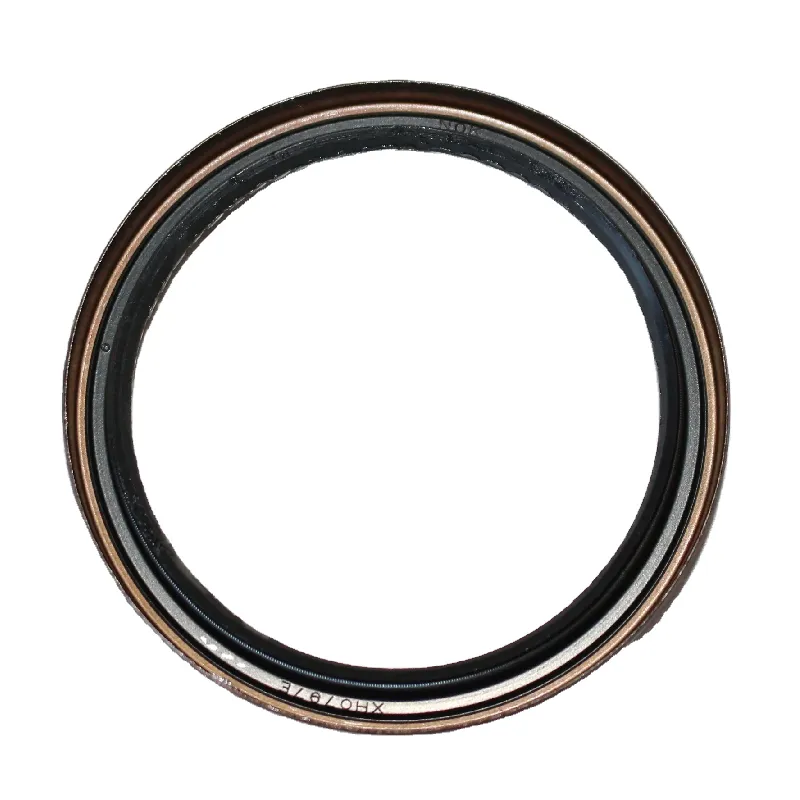main pulley oil seal
The Importance of the Main Pulley Oil Seal in Engine Performance
The main pulley oil seal is a critical component in the automotive engine system, primarily functioning to prevent oil leaks. Positioned at the front of the engine, the oil seal plays a significant role in maintaining lubrication within the pulley assembly and ensuring the overall efficiency of the engine. This article delves into the purpose and significance of the main pulley oil seal, its common issues, and the best practices for maintenance.
Function of the Main Pulley Oil Seal
The main pulley oil seal, also known as the crankshaft seal, serves as a barrier against the escape of lubricating oil. It is designed to fit tightly around the crankshaft, which is the rotating shaft that converts the linear motion of the pistons into rotational motion. Lubrication is essential in an engine for reducing friction, minimizing wear, and enhancing the longevity of moving parts. The oil seal ensures that oil remains contained within the engine, preventing it from leaking onto other engine components or the ground, which could lead to significant damage and efficiency loss.
Common Issues Associated with the Main Pulley Oil Seal
Over time, the main pulley oil seal can wear down or get damaged due to various factors such as heat, pressure, and environmental conditions
. Common issues include1. Oil Leaks One of the most evident signs of a failing oil seal is oil leaking from the front of the engine. This not only creates a mess but can also lead to serious engine problems if left unaddressed.
2. Wear and Tear Frequent exposure to high temperatures and engine vibrations can cause the material of the seal (often rubber or silicone) to degrade. This wear can compromise the seal's integrity, leading to oil leakage.
3. Contamination Dirt, debris, and other contaminants can enter the seal area, causing abrasion and further damage to the seal surface. This contamination can accelerate wear and lead to premature failure.
4. Improper Installation If the main pulley oil seal is not installed correctly, it may not create an adequate seal, leading to oil leaks and reduced engine performance.
main pulley oil seal

Best Practices for Maintenance
To ensure the proper functioning of the main pulley oil seal and prolong its lifespan, consider the following maintenance tips
1. Regular Inspections Periodically check for signs of oil leakage around the engine area. Early detection of leaks can prevent more severe issues later on.
2. Replace When Needed If you notice oil leaks or if the seal shows signs of wear and tear, it is advisable to replace it promptly. Ignoring these signs can lead to costly repairs down the line.
3. Proper Installation When replacing the oil seal, ensure it is installed correctly. Consult with a professional mechanic to avoid common pitfalls during installation.
4. Use Quality Parts Always choose high-quality oil seals that meet or exceed manufacturer specifications. Inferior parts can lead to quicker deterioration and failure.
5. Monitor Engine Performance Keep an eye on engine performance. Unusual noises, decreased oil pressure, or changes in oil consumption can indicate issues related to the main pulley oil seal.
Conclusion
In summary, the main pulley oil seal is a vital component of an automotive engine, playing a crucial role in maintaining proper lubrication and preventing leaks. Understanding its functionality, common issues, and maintenance practices is essential for any vehicle owner or enthusiast. By taking proactive measures to monitor and maintain the oil seal, one can ensure optimal engine performance and longevity, ultimately enhancing the driving experience.
-
Everything You Need to Know About Oil Pan Gaskets and Drain Plug Seals
News Aug.01,2025
-
Essential for Car Owners: How to Use a Car Repair Kit to Deal with Minor Breakdown
News Aug.01,2025
-
Comprehensive Guide to Engine Oil Sump Gaskets and Related Seals
News Aug.01,2025
-
The Ultimate Guide to Boat Propeller Bearings and Trailer Wheel Bearings
News Jul.31,2025
-
The Essential Guide to Marine Bearings and Boat Trailer Wheel Bearings
News Jul.31,2025
-
The Complete Guide to Heavy Duty Seals: Protecting Doors and Spaces Efficiently
News Jul.31,2025
-
Essential Guide to Marine Shaft Bearings and Boat Trailer Axle Bearings
News Jul.31,2025
Products categories















